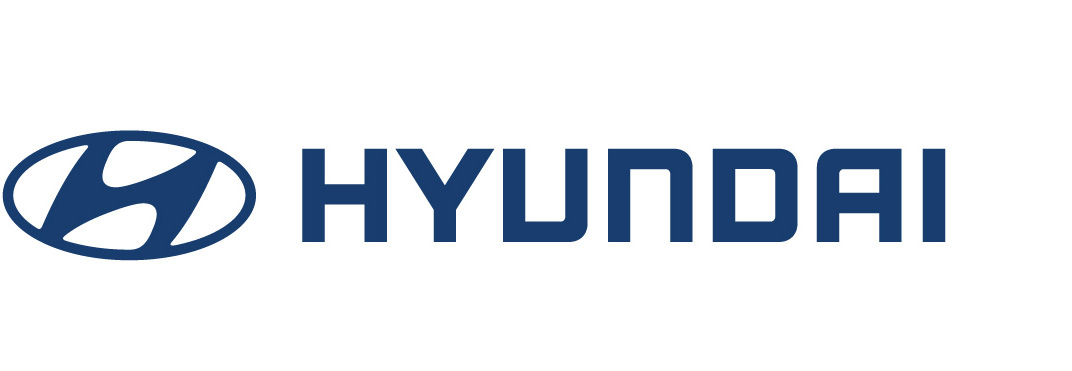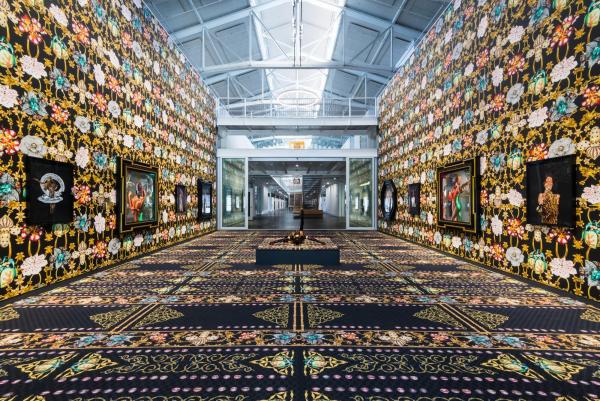Over the past few months, Art + Technology Lab grant recipient Rashaad Newsome has debuted the first generation of his cloud-based A.I. humanoid Being at his exhibition To Be Real at the Philadelphia Photo Arts Center (PPAC) and the Fort Mason Center for Arts and Culture. Developed to act as a critical guide to the show, Being's mind was populated with the works of radical authors and theorists such as bell hooks, Paulo Freire, and Michel Foucault. Newsome spent the summer working on Being's development. We sat down with him to learn more about how it went and what the future has in store for his A.I. child.
This is the second installment of our Q&A with Art + Technology Lab grant recipient Rashaad Newsome.
Your recent exhibition at Fort Mason touches upon issues of Queerness and Blackness. How do you see these elements intersecting with technology, both in your work and in culture?
I see Vogue Fem performance, which I often reference in the exhibition, as open-source code. The language or binary code is based on five elements: Hands Performance, Catwalk, Floor Performance, Spin Dips, and Duck Walking. I'm fascinated by how different performers continue to add to the code. Some performers come to it with formal training in West African dance, Ballet, Latin dance, and so on. That training becomes the connective tissue fusing the five elements. This new language becomes a new code, one that is shared and learned by another dancer, thus leading to an advanced system comprising all the languages before it. I feel this is very analogous to coding. In some ways, one could see my performance FIVE as a hackathon or codefest. One of the newest performers in the piece is Being, a robot, who regarding rights and liberties, has disturbing analogies to the history of African Americans. When Black people came to America, we were the technology, so could Being be a starting point to call upon the imagination as a way to reconstruct and re-envision the idea of liberty? This intersection of Blackness, technology, and Queerness brings forth these questions, and I'm looking forward to continuing to explore them.
You've worked with the ballroom community for years and even host a ball of your own every year. Please tell us a bit about these events. Do you have plans to integrate them into the work you've done with Being?
Yes, at the moment I am developing a way for Being to have an LSS, which is the moment at the beginning of a ball where all the folks deemed Legends, Statements, or Stars perform. I am also working on ways they could act as a host of the evening. Overall, the ball is an attempt to decolonize knowledge production. So often, the way we come to consciousness is within historically hegemonic spaces, which ironically teach us to think critically. So since thinking critically is what is asked of us, what does it mean for me to use ballroom as a sort of classroom, giving participants assignments to create new work and reimagine the work of Black Queer artists working at the intersection of class, race, and gender? I am using the architecture of ballroom as a way to get people to think critically about the ways in which the culture of domination is at play in their lives. I want to decenter the gender binary and allegiance to capitalism in ballroom and center creativity.
The Art + Technology Lab is presented by

The Art + Technology Lab is made possible by Accenture and Snap Inc.
Additional support is provided by SpaceX and Google.
The Lab is part of The Hyundai Project: Art + Technology at LACMA, a joint initiative exploring the convergence of art and technology.
Seed funding for the development of the Art + Technology Lab was provided by the Los Angeles County Quality and Productivity Commission through the Productivity Investment Fund and LACMA Trustee David Bohnett.




